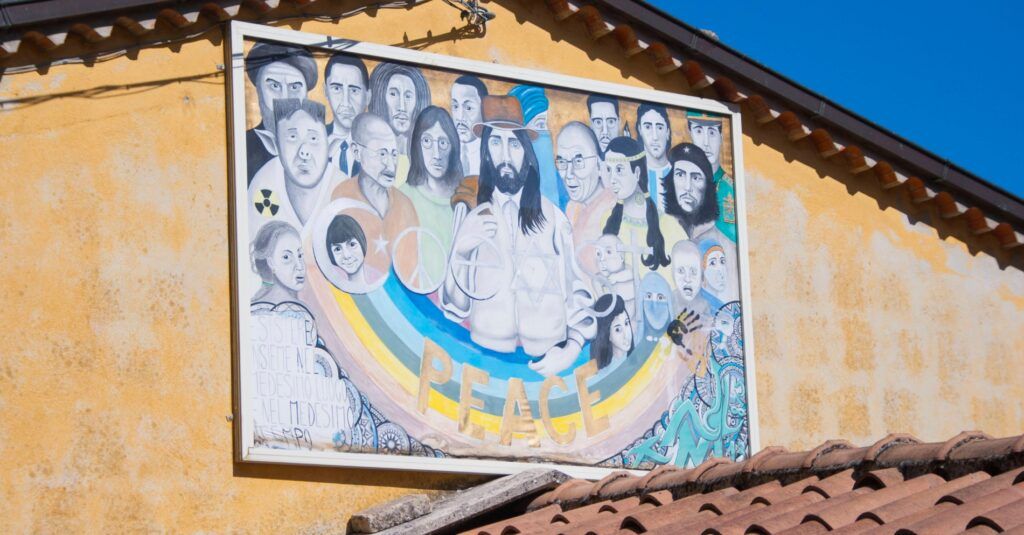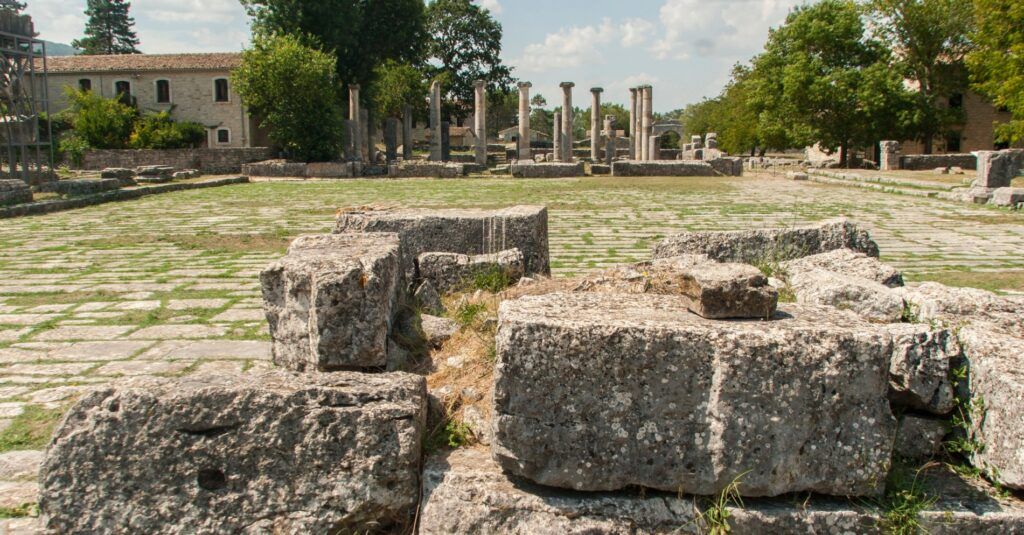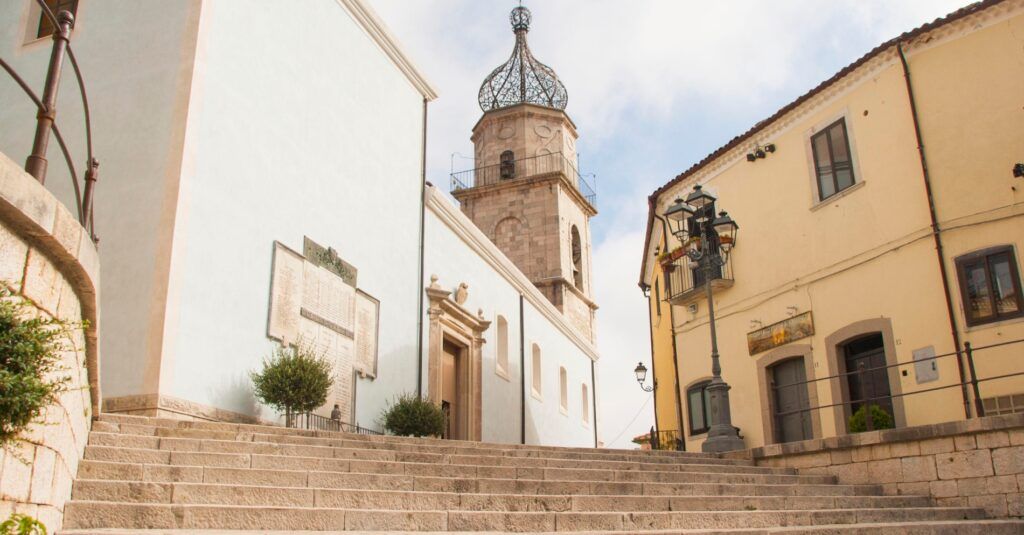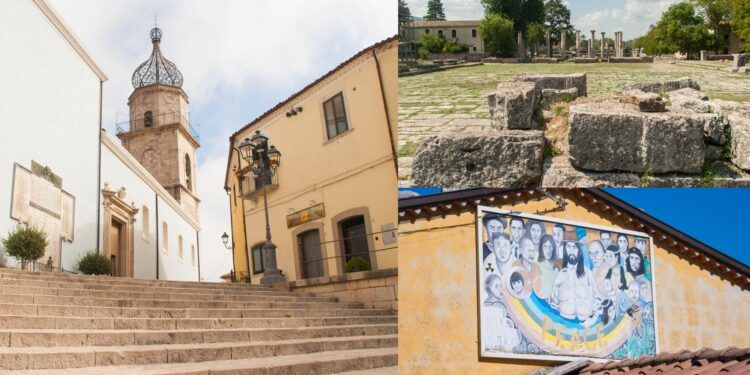Sepino is an ancient medieval village located in the Molise region of southern Italy. The village was founded by the Samnites, an Italic people who lived in the area before the arrival of the Romans. During the Roman era, Sepino was an important military and commercial strategic centre. The town of Sepino is an interesting tourist destination that offers many things to see and do.
Here are some of the places and attractions to visit
- The historic center: The village of Sepino is an ancient medieval settlement that still retains its narrow, winding streets, stone houses and historic buildings. Walking through the historic center is a unique experience to immerse yourself in the atmosphere of the past.
- The church of Santa Maria Assunta: The church of Santa Maria Assunta is one of the main attractions of Sepino. Built in the 14th century, the church still has its original frescoes and a beautiful Baroque altar.
- The archaeological civic museum: The archaeological civic museum of Sepino houses a collection of Roman finds from nearby archaeological excavations. Among the exhibits you can admire coins, ceramics, statues and mosaics.
- The archaeological park of Sepino – Altilia: The archaeological park of Sepino houses the archaeological excavations of the Roman amphitheater, the temple of Ercole Curino and the thermal complex. A visit to the park is a unique opportunity to discover the history of the Roman city of Saepinum.
- The fountains: Sepino is famous for its fountains, which are found in various parts of the town. The fountains were the main point of water supply for the population of the village and are still highly appreciated today for their beauty and historical value.
In addition, various events and festivals take place throughout the year, such as the Festa di Santa Maria Assunta in mid-August and the Fiera di San Giorgio at the end of April.
The archaeological park of the “little Pompeii”
The archaeological excavations are located near the village and are one of the most important archaeological sites in Molise. Excavations have been carried out since the 1970s and have brought to light important evidence of the Roman presence in the area. Among the main discoveries we can mention the ruins of a Roman amphitheater, a temple and a thermal complex.
The Roman amphitheater is one of the largest in Italy, with a capacity of around 10,000 spectators. The Roman temple has been identified as the temple of Ercole Curino, one of the main Roman cults. You can also visit the thermal complex, on the other hand, included several bathing rooms, a gym and a large swimming pool.
This archaeological excavations can be visited and offer a unique experience to learn about the history and culture of Molise. Furthermore, the village of Sepino is very suggestive and offers a panoramic view of the valley below.
In summary, the village of Sepino and the nearby archaeological excavations are an important testimony of the Roman presence in Italy and an interesting destination for history and archeology enthusiasts.












Discussion about this post